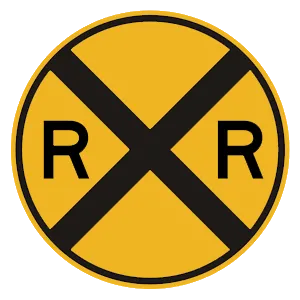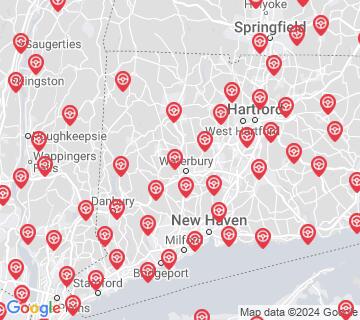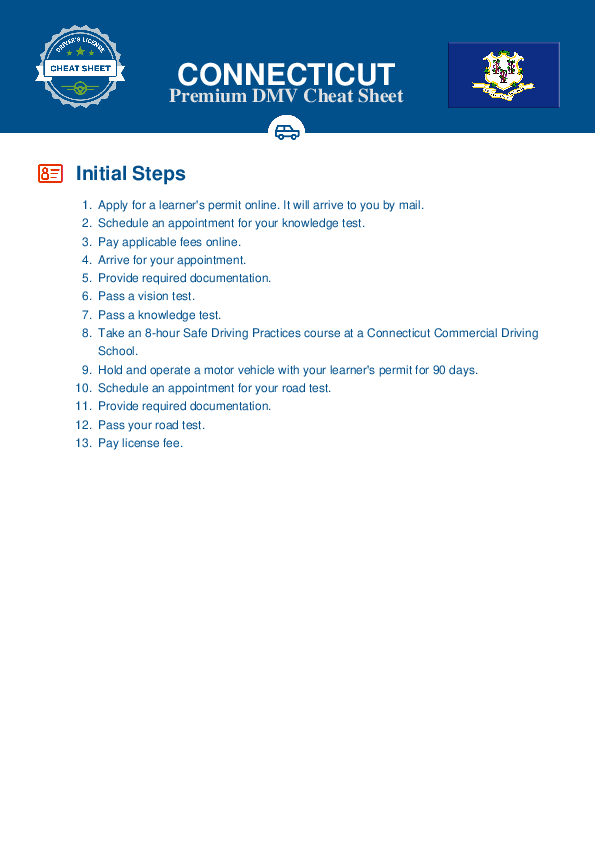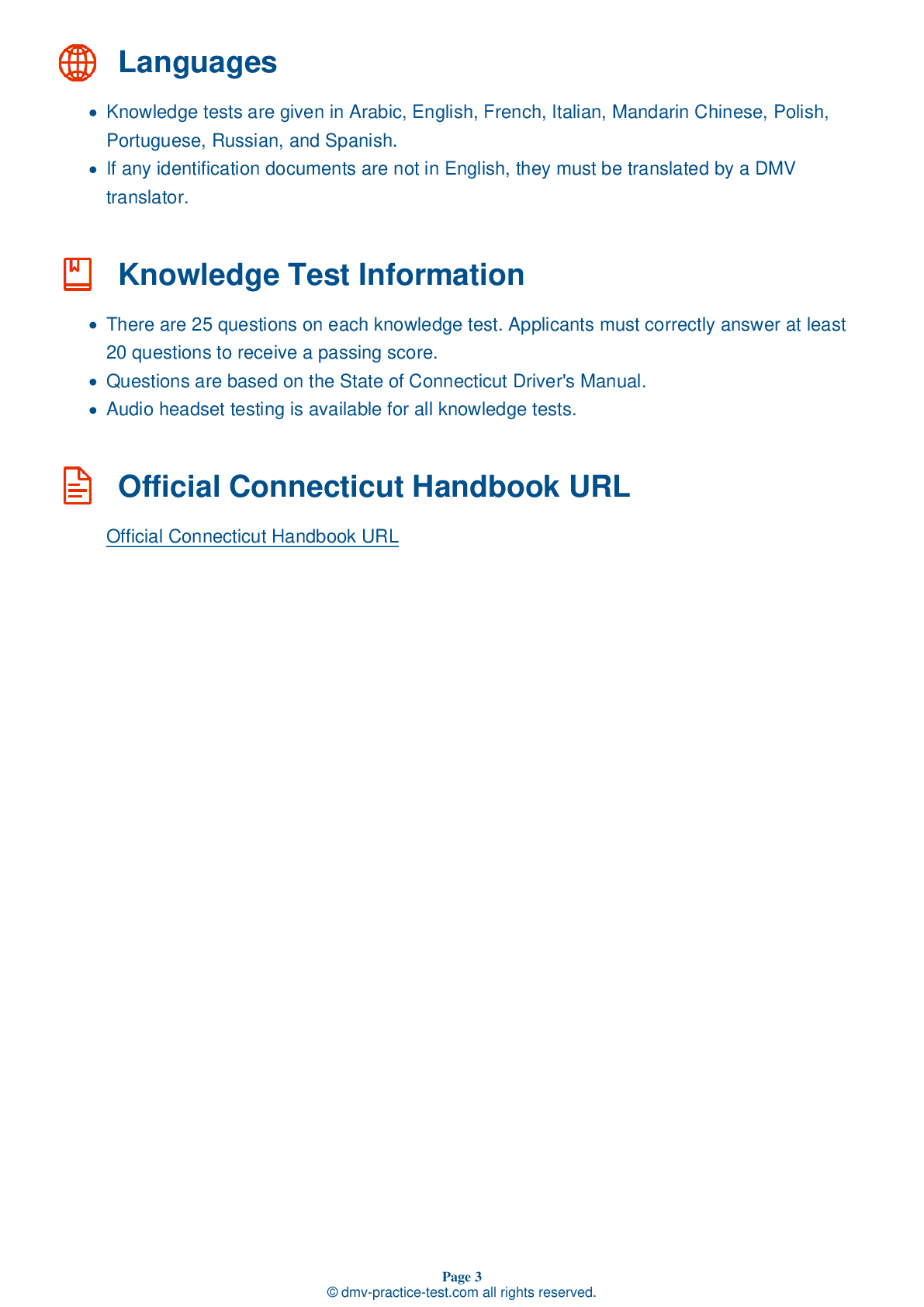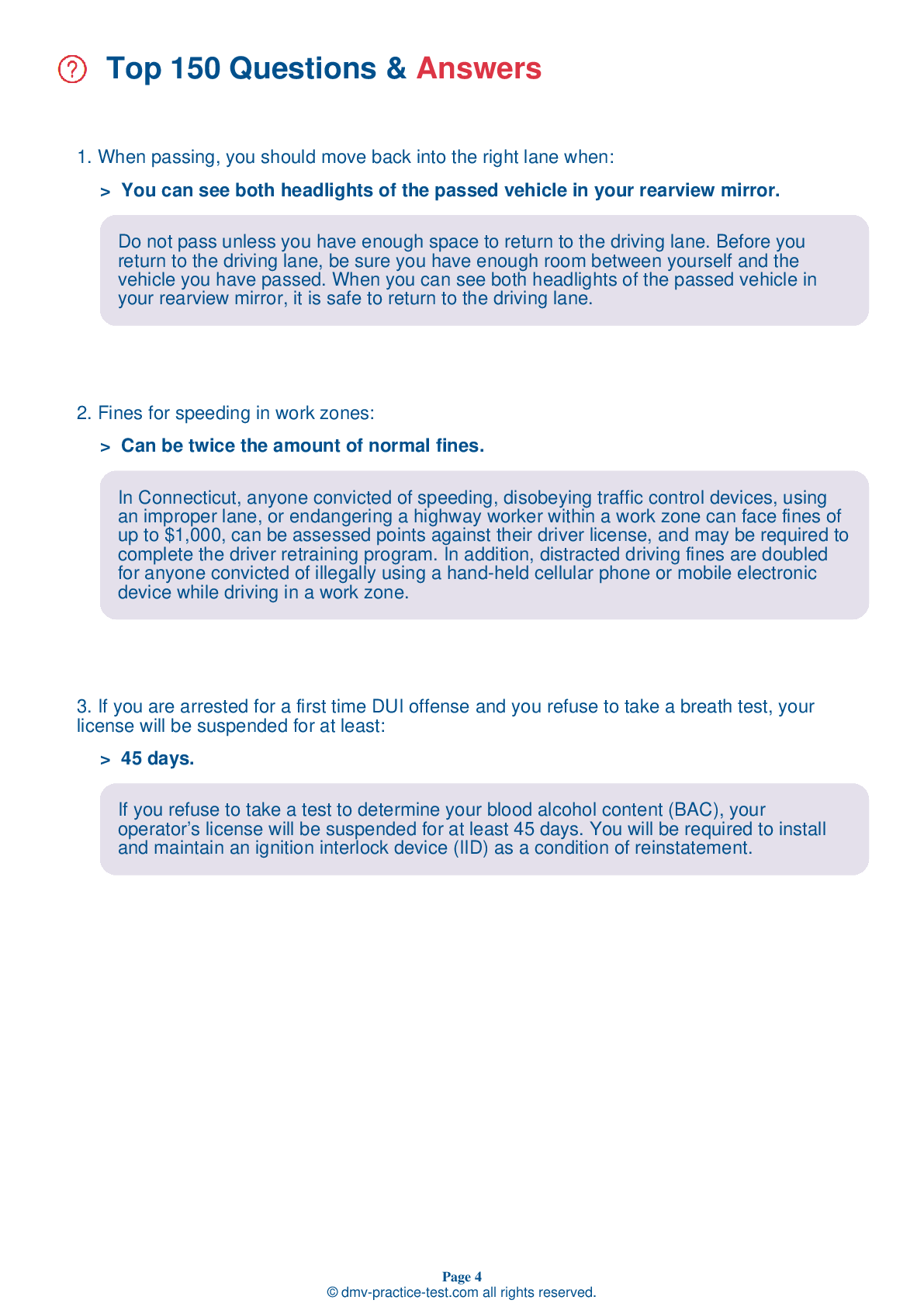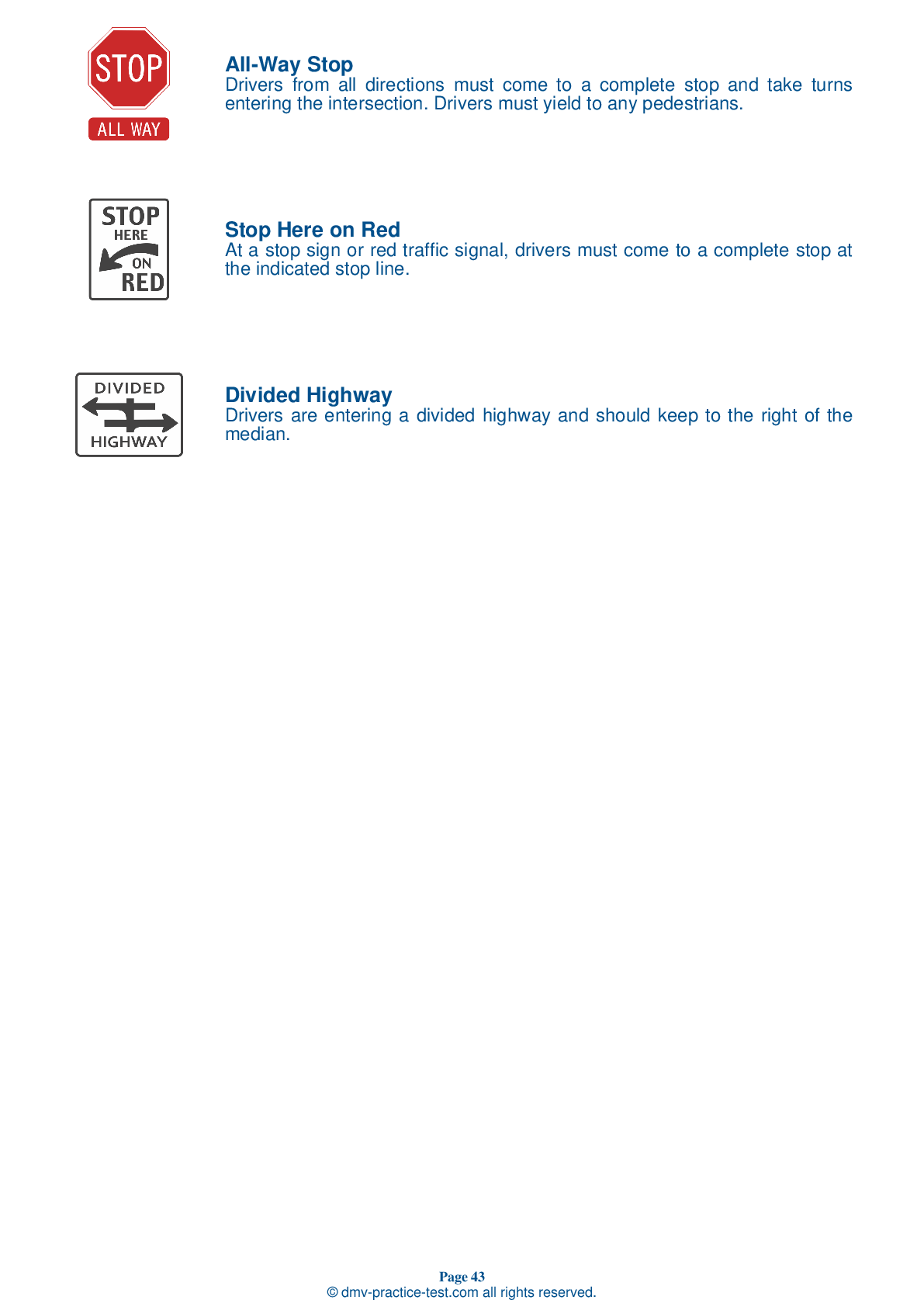FREE Connecticut DMV Practice Test #20 Page 3 of 3
This set of Connecticut DMV practise tests was just updated for January 2025. It includes questions based on the Connecticut Driver Handbook's most essential traffic signs and regulations for 2025. Use actual questions that are very similar (often identical!) to the DMV driving permit test and driver's licence exam to study for the DMV driving permit test and driver's licence exam.
Each practise test question has a hint and explanation to assist you in remembering the concepts. The written component of the official DMV test will include questions about road rules, traffic signs, and driving statutes, as well as information from the Driver Handbook.
To achieve the required passing grade, you must correctly answer 20 of the 25 questions. Take our DMV practise exam to help you prepare for your Connecticut instruction permit or driver's licence.
The DMV exam is available in several languages.
Using any form of testing help will result in an automatic fail, and the DMV may take further action against your driver's licence, so avoid it.
17 . You hit a parked vehicle and can't find the owner. What must you do?
If you hit a parked vehicle or other property, you must leave a note with your name, phone number, and address securely attached to the vehicle or property that you hit.
18 . If you are arrested for a first time DUI offense and you refuse to take a breath test, your license will be suspended for at least:
If you refuse to take a test to determine your blood alcohol content (BAC), your operator’s license will be suspended for at least 45 days. You will be required to install and maintain an ignition interlock device (IID) as a condition of reinstatement.
19 . What should you do when you see this sign?
